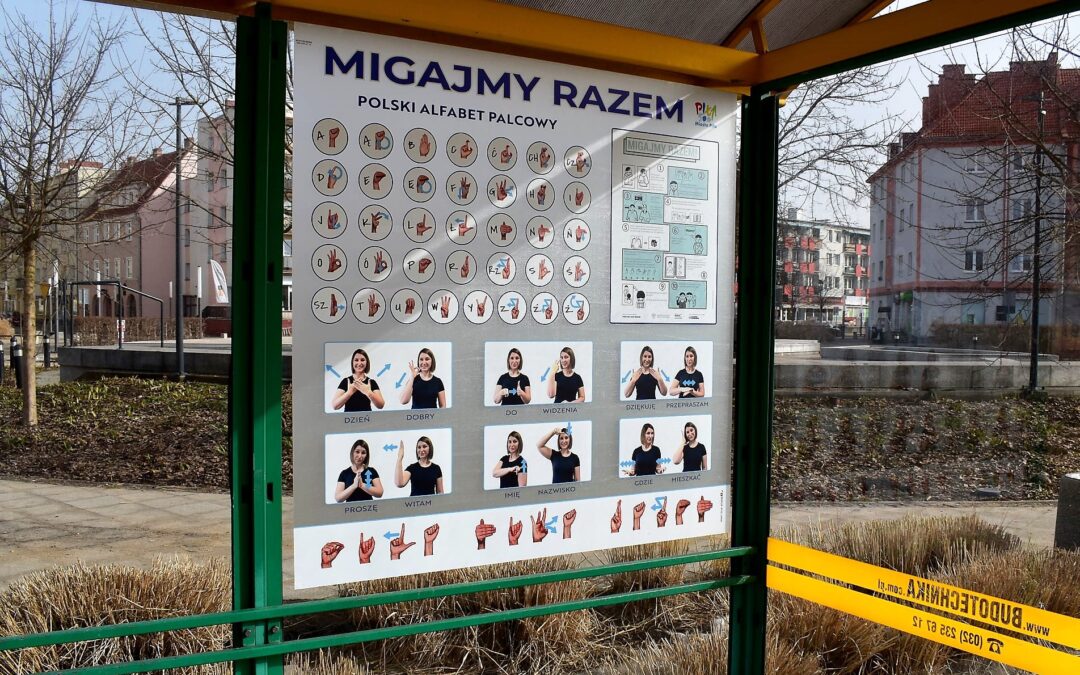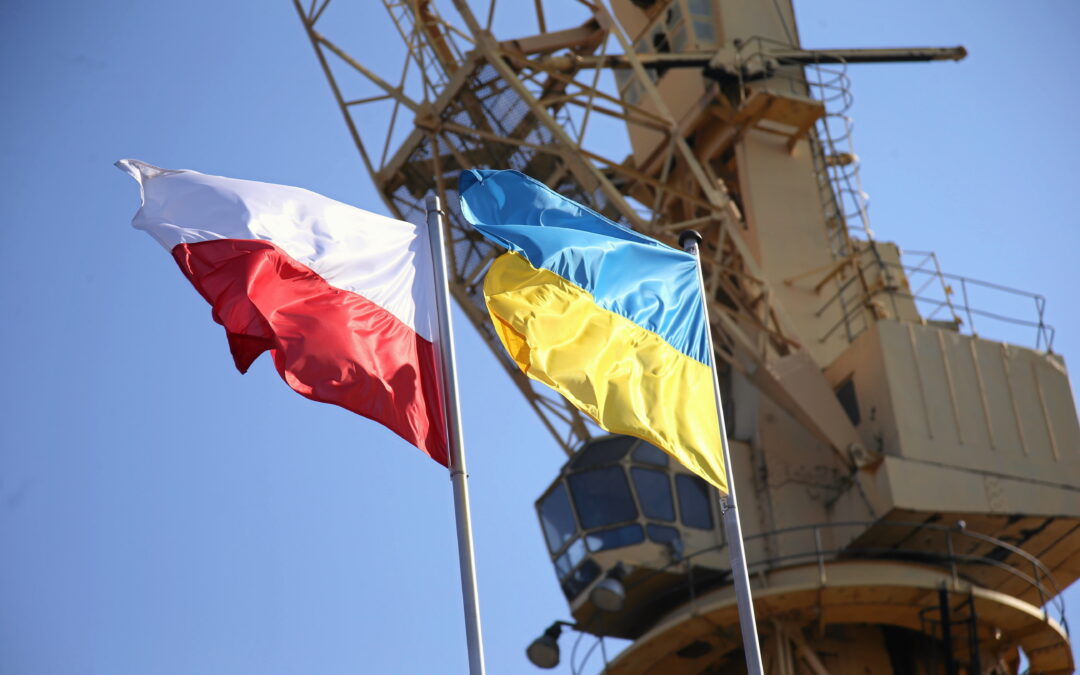A town in northwestern Poland – which was the first in the country to offer sign-language interpretation of its council meetings – is now encouraging residents to learn the language themselves through educational posters.
Posters featuring the Polish manual alphabet and basic phrases such as “hello”, “goodbye” and “thank you” have been placed on bus stops around Piła, a town of 75,000 people around 90 kilometres north of Poznań.
The project was an initiative proposed by local NGOs and then chosen for support in the “civic budget”, a public consultation in which residents can vote to decide on how some municipal money is spent.
The town’s spokeswoman, Aleksandra Kramkowska, says that the displays not only serve an educational purpose, but also help bring people close together and improve communication between social groups.
“The boards allow for a better insight into the world of people with disabilities,” Kramkowska explained to TVN24.
She noted that Piła’s local authorities in 2013 became the first in Poland to offering sign-language interpretation of council meetings. In 2018, the town marked the International Day of Sign Languages by setting a Polish record for simultaneous signing, with 420 people doing so at the same time.
As well as the alphabet and basic phrases, Piła’s posters include an explanation that sign language is not a form of spoken or written Polish but rather a “natural language of the deaf”, with its own grammar and vocabulary.
The original idea was proposed by the “Migacze” Association for the Hearing-impaired and Deaf and the “Give Joy to the Disabled” Association.
“It’s a great and very innovative idea,” Kajetana Maciejska-Roczan, vice-chair of the Polish Association of the Deaf, told Notes from Poland. She says that a feeling of isolation triggered by lack of contact with the hearing is one of the key challenges faced by deaf people in Poland.
“Even limited contact can be of great importance,” she adds. “It is valuable to show that they are not outcasts in society and that it is worth communicating with them”.
The Polish Hearing Impaired Foundation estimates the number of deaf people communicating in sign language at between 45,000 to 60,000. Over a million people are hearing impaired, while as much as 10% of society has some form of hearing loss.
Various public authorities in Poland have been seeking to make their areas more welcoming and accessible for disabled people. In 2019, Warsaw won the European Union’s annual Access City Award, in recognition of its success in making its metro and bus services more accessible.
Many challenges remain, however. The infrastructure ministry admitted last month that less than 6% of Poland’s railway stations are fully adapted to the needs of disabled people. It said that work is underway to bring about further improvements.
Last year, to provide information about coronavirus and assistance in the case of infection, the Polish Association of the Deaf launched a specially designed hotline.
Main image credit: Urząd Miasta Piła/Facebook

Agnieszka Wądołowska is deputy editor of Notes from Poland. She has previously worked for Gazeta.pl and Tokfm.pl and contributed to Gazeta Wyborcza, Wysokie Obcasy, Duży Format, Midrasz and Kultura Liberalna



















